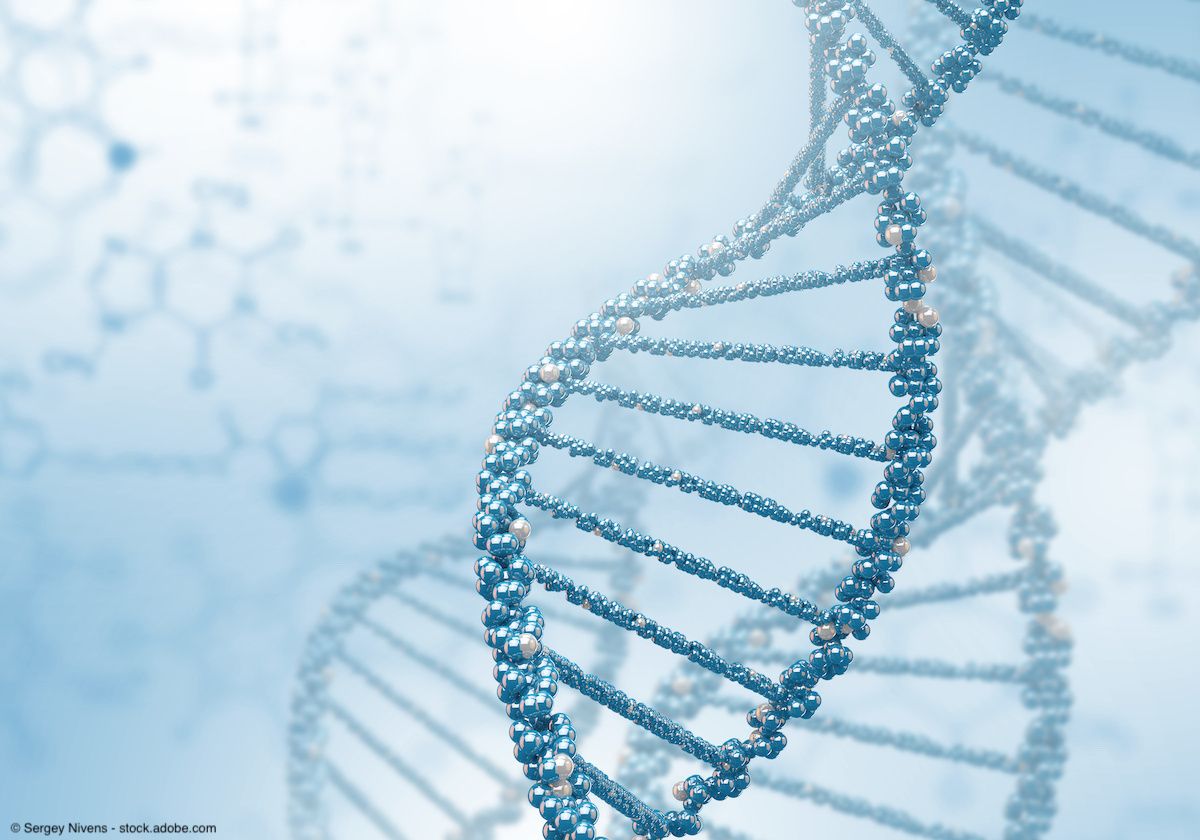News
Article
Urology Times Journal
Urine-based genomic test enhances current risk assessments for bladder cancer
Author(s):
In patients with microhematuria, a positive result on the test was associated with a 5-fold increase in the risk of patients harboring bladder cancer compared with current metrics alone.
Incorporation of the AssureDx genomic test into current risk stratification measures was found to improve the detection of patients with hematuria who are at an increased risk of developing bladder cancer, according to data published in European Urology Oncology.1
Biomarkers assessed for with the urine-based test were mutation status for the FGFR3, TERT, and HRAS genes and methylation status for the OTX1, ONECUT2, and TWIST1 genes.

Overall, the urine-based assay demonstrated an area under the receiver operating characteristic curve (AUC) of 0.96 among patients with hematuria. In patients with microhematuria, the urine-based assay was shown to deliver an AUC of 0.97, and a positive result on the test was associated with a 5-fold increase in the risk of patients harboring bladder cancer compared with current metrics alone.
"Publication of this pivotal study in a leading international urology journal, demonstrating AssureDx enhances the AUA Guidelines, underscores the importance of the test for risk stratification of hematuria patients and identification of those at increased risk for bladder cancer. Results from this study provide further clinical evidence that the AssureDx test delivers actionable information to improve the early detection of bladder cancer when there is the greatest opportunity for cure,” said Chief Executive Officer of Vesica Health Christopher Thibodeau in a news release on the findings.2
In total, the study included 838 patients with hematuria who previously underwent testing with AssureDx. Median patient age was 66 years old, which differed significantly between patients with gross hematuria (54.5% of patients) and microscopic hematuria (P < .001).
Patients were stratified by American Urological Association (AUA) risk categories for urothelial carcinoma based on age and gender. Among all patients included in the study, 65 (7.8%) were classified as low-risk, 106 (12.6%) as intermediate-risk, and 667 (79.6%) as high-risk. All instances of cancer were found in the high-risk group, which was observed in 16.8% of patients in that cohort.
Biomarkers assessed for with the urine-based test were mutation status for the FGFR3, TERT, and HRAS genes and methylation status for the OTX1, ONECUT2, and TWIST1 genes. Data from all patients included in the study showed an AUC of 0.96, a sensitivity of 95.5%, and a specificity of 72.9% with the assay.
A negative urine assay was associated with a post-test probability of 0.3% to 2% in harboring urothelial carcinoma, depending on the risk group evaluated. A positive test result was associated with a post-test probability of 31% to 42% in harboring urothelial carcinoma. The authors noted that the probability of harboring urothelial carcinoma was higher in the post-test probability of patients with microscopic hematuria and a positive test result compared with the pre-test probability among patients with gross hematuria.
Gerald L. Andriole, MD, added in the news release, "It is noteworthy that the authors recommend expedited urological evaluation of AUA intermediate and high-risk hematuria patients with a positive AssureDx test result, concluding that these patients have a very high probability of harboring cancer. Primary care physicians are often uncertain how to manage patients with hematuria and as a consequence, too frequently disease has progressed to later stages by the time the patient is referred to the urology clinic for evaluation.”2
References
1. de Jong JJ, Pijpers OM, van Kessel KEM, et al. A urine-based genomic assay improves risk stratification for patients with high-risk hematuria stratified according to the American Urological Association guidelines. Eur Urol Oncol. 2023;6(2):183-189. doi: 10.1016/j.euo.2022.08.002
2. Vesica Health announces publication of study demonstrating AssureDx meaningfully improves identification of hematuria patients at high risk for bladder cancer. News release. Vesica Health. October 9, 2023. Accessed October 10, 2023. https://www.prnewswire.com/news-releases/vesica-health-announces-publication-of-study-demonstrating-assuredx-meaningfully-improves-identification-of-hematuria-patients-at-high-risk-for-bladder-cancer-301951199.html




























